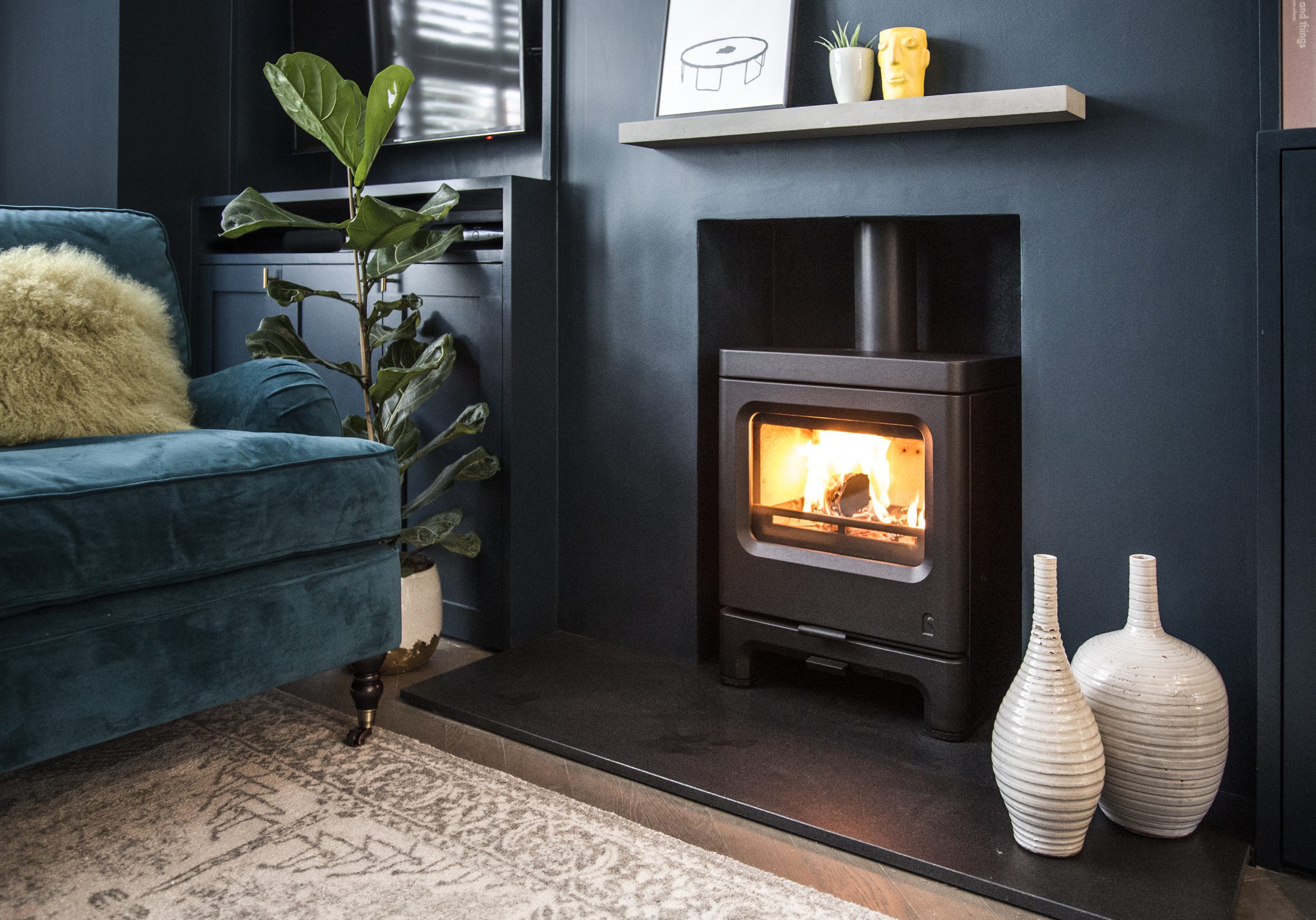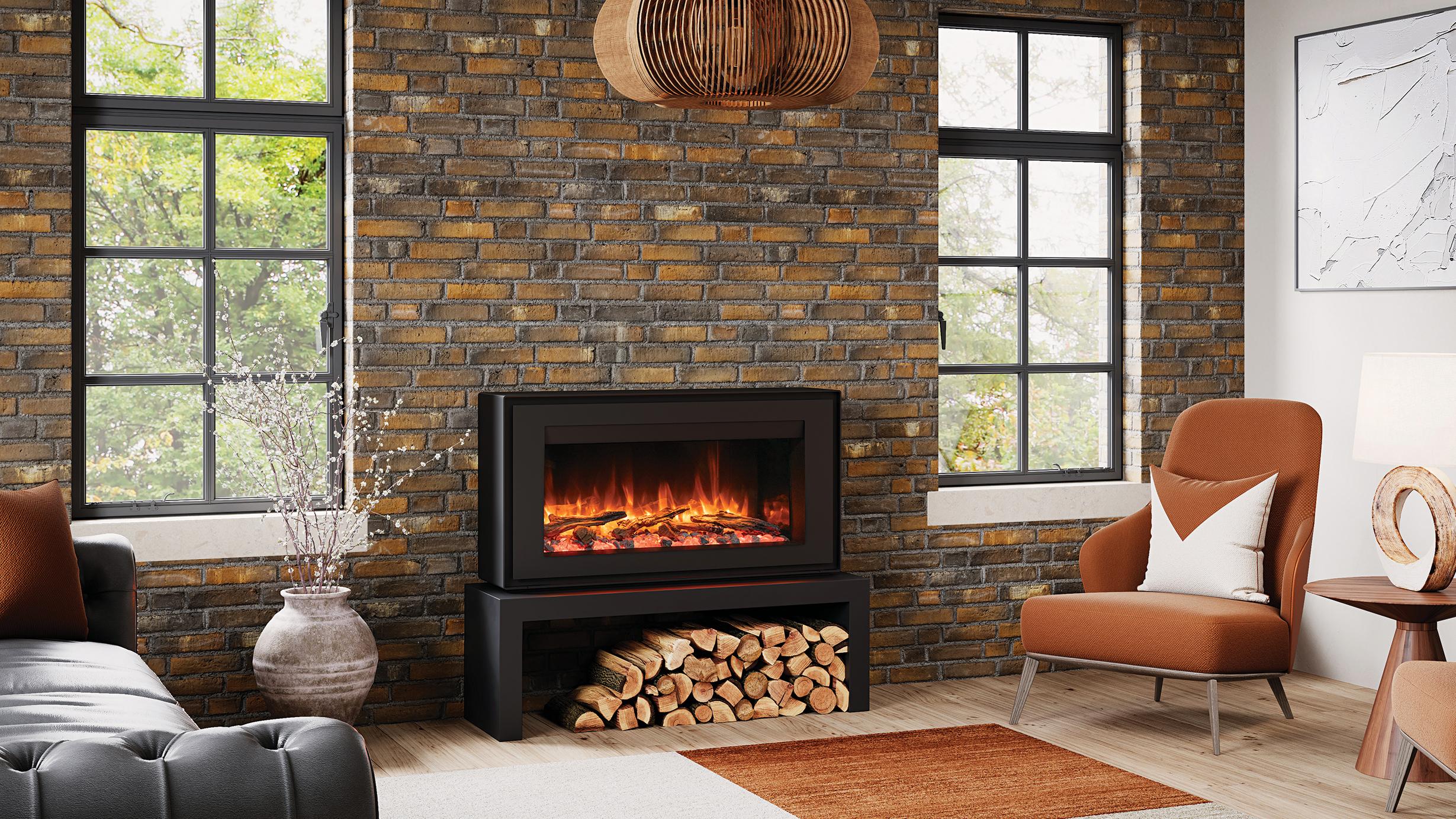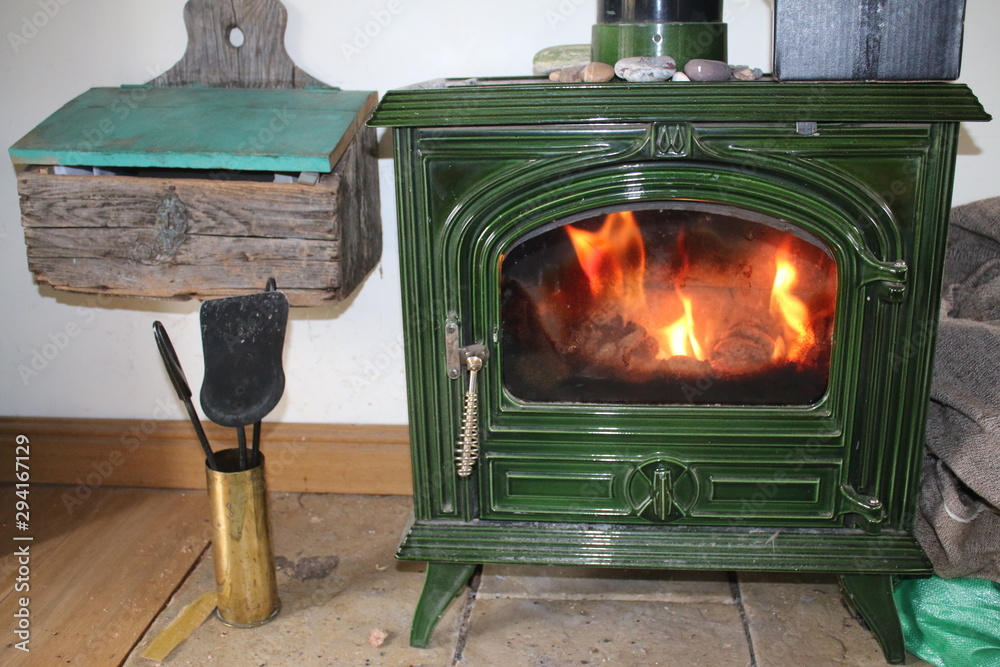There’s something undeniably charming about a wood burning stove. It not only adds warmth to your home but also serves as an eye-catching focal point in any room. As both an SEO expert and an interior design enthusiast, I’ve spent countless hours researching and experiencing the enchanting world of decorative wood burning stoves. In this article, I’m excited to share everything you need to know about these beautiful heating options, covering styles, benefits, and how to choose the right one for your home.
What is a Decorative Wood Burning Stove?
A decorative wood burning stove is a type of heating appliance designed to burn wood as fuel for warmth, while also serving as a decorative element. Unlike traditional fireplaces, these stoves are often compact, designed with aesthetics in mind, and can fit seamlessly into various interior styles.
History of Wood Burning Stoves
The first wood burning stoves emerged in Europe in the late 17th century, primarily for heating. Over time, they have evolved from purely functional items to stylish pieces that enhance home decor. Today’s decorative wood burning stoves combine old-world charm with modern efficiency.
Benefits of Decorative Wood Burning Stoves
1. Aesthetic Appeal
With designs ranging from rustic to contemporary, decorative wood burning stoves can complement any interior space. Whether your home boasts a traditional log cabin feel or a sleek modern look, there’s a design to match.

2. Efficient Heating
Wood burning stoves generate substantial heat, making them an efficient option for heating small to medium-sized rooms. Many modern models come equipped with advanced technology that maximizes heat output while minimizing emissions.
3. Eco-Friendly Option
As long as you use sustainably sourced wood, wood burning stoves can be a greener alternative compared to fossil fuels. They produce less carbon if managed correctly, making them a great choice for eco-conscious homeowners.

4. Cost Efficiency
While the initial investment can be higher than electric or gas heating, the long-term savings on heating bills can be significant, especially in colder climates.
Popular Styles of Decorative Wood Burning Stoves

1. Classic Cast Iron Stoves
Cast iron stoves are known for their robust construction, traditional designs, and excellent heat retention.
Pros:
- Durable and long-lasting
- Classic aesthetic

Cons:
- Heavy and can be difficult to install
- Can take time to heat up
2. Modern Steel Stoves
Modern steel stoves often feature sleek lines and contemporary designs, appealing to minimalists and modern home decorators.

Pros:
- Lightweight and easier to install
- Quick to heat up
Cons:
- Less heat retention than cast iron
- May not provide the same traditional look

3. Soapstone Stoves
Soapstone stoves are renowned for their incredible heat retention capabilities and natural beauty.
Pros:
- Excellent heat retention
- Beautiful natural stone look

Cons:
- More expensive than other materials
- Heavy and may require reinforced flooring
Key Features to Consider When Choosing a Decorative Wood Burning Stove
When selecting a decorative wood burning stove, several features should be taken into account:
1. Heating Capacity
Measure the area you intend to heat. Stoves are rated based on the size of the space they can effectively warm, so choose one that meets your needs.
2. Efficiency Rating
Look for stoves with a high efficiency rating. Higher efficiency means more heat and less wood consumption.
3. Size and Design
Ensure the stove fits your space and complements your home decor. Consider both height and width when making your choice.
4. Safety Features
Look for stoves with built-in safety features, such as tempered glass doors or automatic shut-off mechanisms.
Installation of a Decorative Wood Burning Stove
Installing a wood burning stove involves several key steps:
1. Choose a Location
Select a spot that allows for proper air circulation and complies with local codes.
2. Prepare the Floor and Hearth
You may need to install a non-combustible hearth and ensure the floor can support the weight of the stove.
3. Ventilation and Flue Installation
Proper ventilation is crucial for a wood burning stove. Install a flue that is compatible with your stove to safely vent smoke outside.
4. Professional Installation
It is highly recommended to hire a professional for installation to ensure safety and compliance with regulations.
Maintenance Tips for Decorative Wood Burning Stoves
To keep your stove performing efficiently, regular maintenance is essential:
1. Regular Cleaning
Clean the flue regularly to prevent creosote buildup, which can pose fire hazards.
2. Inspect Seals
Check door gaskets and seals regularly to ensure no air leaks, which can impact efficiency.
3. Annual Professional Inspection
Arrange for an annual inspection by a qualified technician to ensure everything is functioning correctly.
Comparison of Popular Decorative Wood Burning Stoves
| Model | Material | Heating Capacity (sq ft) | Efficiency Rating | Price Range |
|---|---|---|---|---|
| Cast Iron Beauty | Cast Iron | 1,500 | 78% | $1,200 – $1,800 |
| Modern Elegance | Steel | 1,200 | 82% | $900 – $1,500 |
| Soapstone Warmth | Soapstone | 1,800 | 85% | $2,000 – $3,000 |
FAQs About Decorative Wood Burning Stoves
1. Are decorative wood burning stoves safe to use indoors?
Yes, as long as they are installed correctly and ventilation is provided, they are safe for indoor use. Always follow local regulations and guidelines.
2. How do I choose the right size wood burning stove?
Measure the area you want to heat and select a stove with a heating capacity that fits that size. Keep in mind that larger stoves can be too powerful for small spaces, leading to overheating.
3. Can I install a wood burning stove myself?
While some may attempt a DIY installation, it is highly recommended to hire a professional. Proper installation ensures safety and compliance with building codes.
4. What type of wood should I use in my stove?
Use seasoned hardwoods like oak, maple, or birch for optimal burning and heat output. Avoid softwoods or treated woods, which can cause excess creosote buildup.
5. How often should I clean my wood burning stove?
It is advisable to clean the stove and chimney at least once per year or more frequently if you use it regularly. Regular maintenance ensures efficiency and safety.
Conclusion
Decorative wood burning stoves are not only functional heating solutions but also stunning design elements that can transform your living space. With the options available in the market today, finding one that suits your aesthetic and heating needs should be a fun process. Whether you’re drawn to the timeless charm of cast iron or the sleek lines of steel, a wood burning stove can bring warmth and beauty to any home.
By following the guidelines in this article, you can make an informed decision and enjoy the benefits of having a decorative wood burning stove for years to come. So, go ahead, embrace the warmth, and let that flickering flame become the heart of your home!